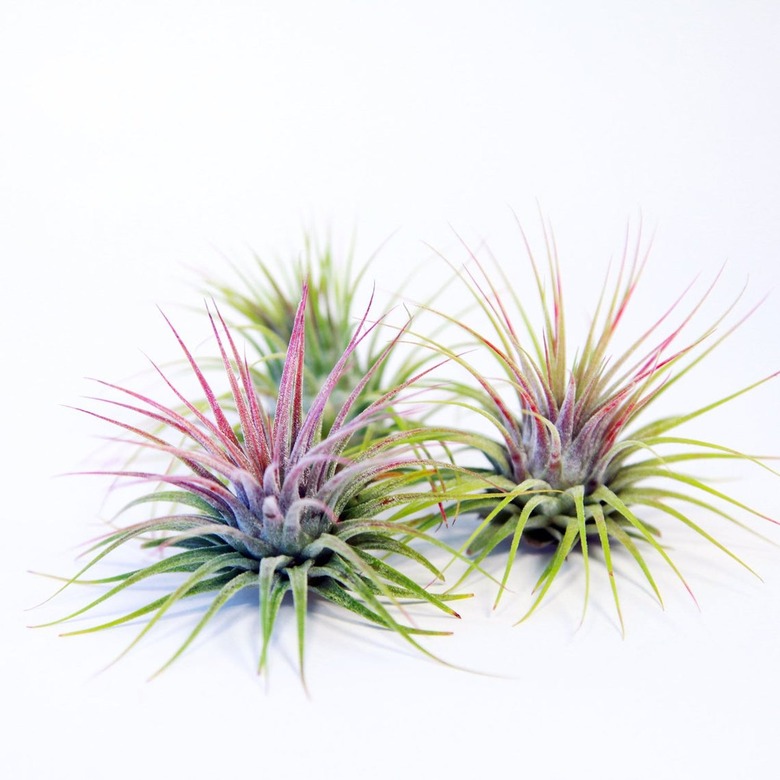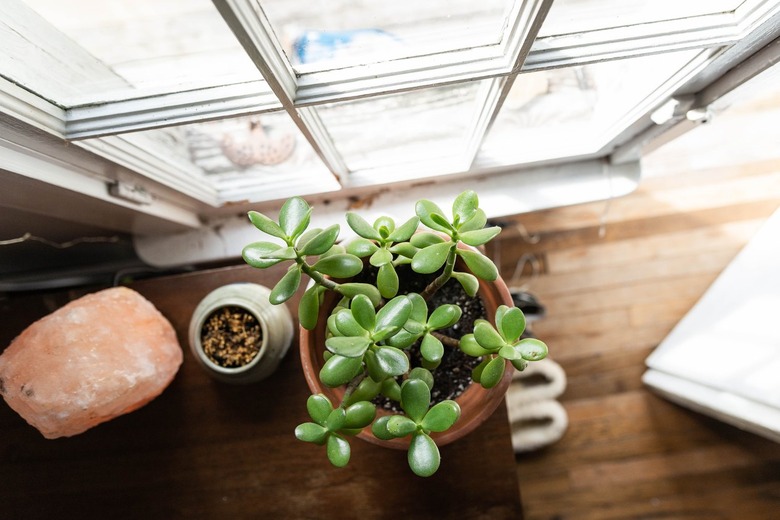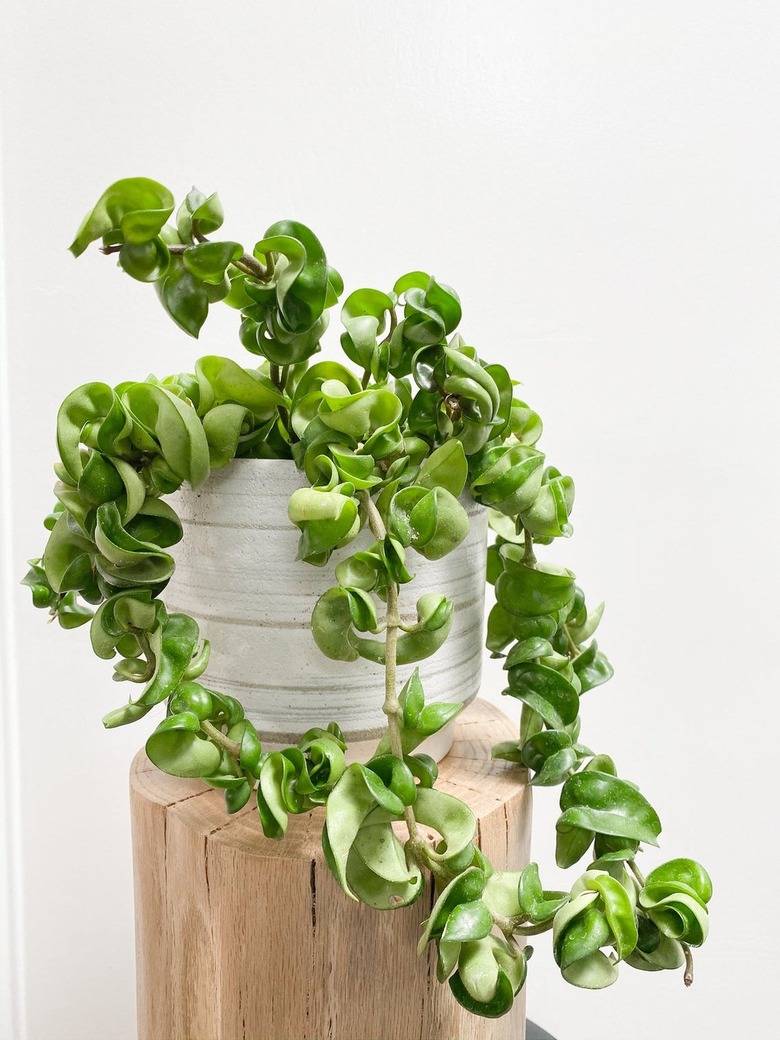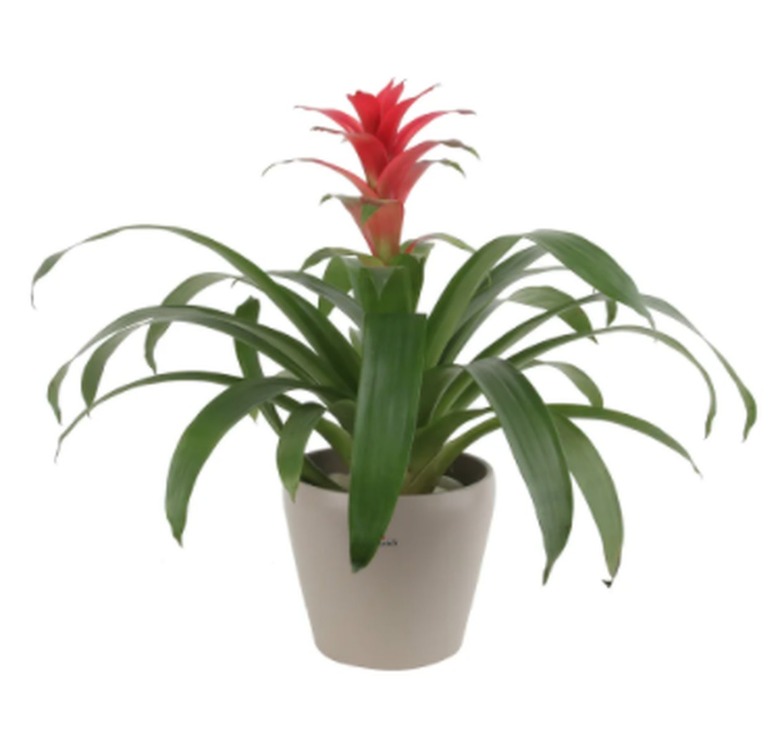Remarkably, These 5 Plants Won't Need To Be Repotted This Decade
We may receive a commission on purchases made from links.
Happy, healthy houseplants effortlessly add charm and warmth to any room. To get this result, most of us are willing to invest a few minutes a week in plant care, watering, or pinching off dead leaves. But frequent repotting — an important and essential annual task for many houseplants — may be more than you're willing to sign on for. So, if you find yourself in that category, no judgement — we are here to help.
The rule of thumb is that a plant needs repotting when it is root-bound, but here's a gardening secret: that "rule" is not true of all houseplants. In fact, some potted plants love being root-bound and others simply don't develop big roots.
In any event, we got you covered. Here's a short list of cool and popular houseplants that can go for years without repotting.
1. Jade Plant Succulent
1. Jade Plant Succulent
The jade plant or money plant (Crassula ovata) is a succulent but it grows like a miniature tree, with a woody stem and thick, deep-green oval leaves in which it stores water. Like other succulents, a jade plant develops roots but small, slow-growing roots. That means being root-bound is pretty much a bridge too far, and most jade plants go for decades without needing a larger pot.
On the other hand, jade plants must have excellent drainage. The soil should be quite sandy, and special potting mixes for succulents and cacti are recommended. Despite their minimal root system, jade plants are so long-lived that they are very likely to get passed along to the next generation.
Buy now: JM Bamboo Jade Plant, $26.99
2. Wax Plant Hoya
2. Wax Plant Hoya
The wax plant hoya (Hoya carnosa) gets its common name from its thick, waxy leaves. They are a rich forest green, shaped like almonds and grow on vines. Over time, a vine grows into an enormous plant and offers stunning porcelain-like fragrant blossom clusters, which explains its other nickname: the porcelain flower plant. It looks exceptional but is actually an easy-care tropical flowering plant that is native to Asia. This iconic plant lives forever and never requires repotting.
Hoyas need reasonably bright indirect light. They don't do well in shade, direct sun, or in artificial light. You'll want to plant it in exceptionally well-draining soil (with pumice and perlite in it) in a planter with multiple drain holes. Water when the leaves pucker slightly and remember that it's easier to kill your hoya with too much water than too little.
Buy now: GreenerForestCo @ Esty Hoya Carnosa, starting at $10
3. Sky Plant
3. Sky Plant
The sky plant (Tillandsia ionantha) wins the popularity contest as a preferred air plant, with silvery-green leaves that get longer, darker and deeper in color as the plant matures. When the leaves turn crimson and pink, the sky plant is ready to bloom and soon you'll be enjoying the amazing violet blossoms. Though lots of cultivars are available, we recommend the species plant which is extremely hardy and almost indestructible.
Since the sky plant is an air plant, it doesn't need a classic pot with soil. It only uses its roots to support itself, which means that the roots never grow large enough to require repotting.
Care for these plants is easy. Every so often, submerge the plant overnight in water and it will thrive. You should also mist it lightly with water on a regular basis.
Buy now: Hello Tilly Tillandsia Ionantha Air Plants, $7.95
4. Snake Plant
4. Snake Plant
Snake plants (Sansevieria trifasciata) are succulents with slender, stiff upright leaves that look a little like snakes. The plant has no central stem but its leaves emerge from the ground, dark-green with light grayish-green horizontal bands. The leaves are toothed and can be edged in yellow.
The plant is famed for its tolerant nature — it lives happily in full sun but also in full shade and anything in between. Yes, it thrives on neglect and is called the ultimate beginner plant for its forgiving ways. And another bonus: snake plants rarely need to be repotted. These succulents don't develop roots very quickly and, even when they do, enjoys being rootbound.
Buy now: Bloomscape Sansevieria, $150
5. Urn Plant Bromeliad
5. Urn Plant Bromeliad
The urn plant (Aechmea fasciata) is one of the most popular bromeliad houseplants with thick, broad leaves with silvery banding. After a few years, the plant will flower, sending out a flower spike with gorgeous pink bracts and purple blossoms. Like many bromeliads, urn plants are epiphytic plants — aka air plants — that thrive in the wild by latching on to tree trunks and absorbing moisture and nutrients from the air. They don't have any trunks but their leaves grow in a rosette, forming a "tank" for holding water.
The urn plant will grow in almost any environment inside the home as long as it offered bright, indirect light. Their only other growth requirement is to have their "tank" area filled with clean water on a regular basis. They don't get their nutrients from the soil and thus never need to be repotted. If the bromeliad sends out pups, or mini-plants, just separate them from the mother plant and pot them separately.
Buy now: Costa Farms Bromeliad, $69.99




